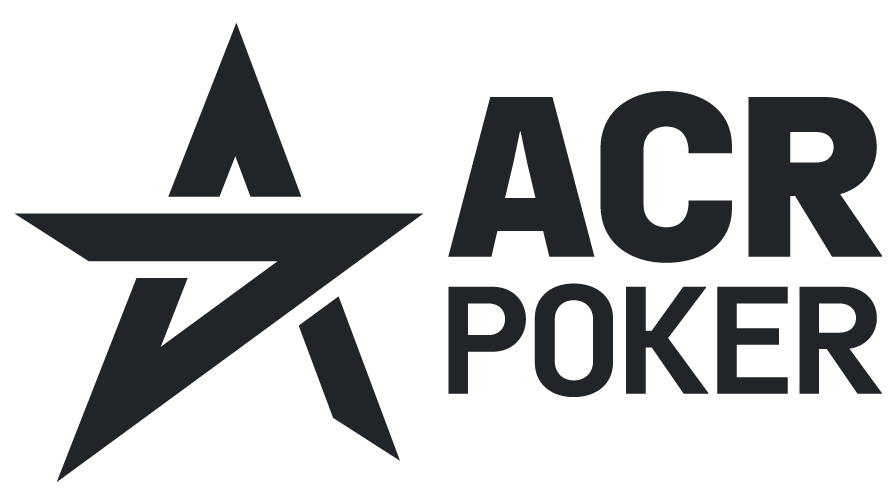Understanding the puck line can help you make smarter, more strategic bets
The puck line in NHL betting is similar to the point spread in other sports, but with its own unique twist. It’s a way to even the odds between two hockey teams by giving a virtual advantage or disadvantage, typically of 1.5 goals. When betting on the puck line, you’re not just picking a team to win; you’re betting on a team to win by a certain margin or to lose by less than a certain number of goals.
In a standard puck line bet, the favorite usually has a -1.5 goal handicap, meaning they need to win by at least two goals for a bettor to cash in. Meanwhile, the underdog is given a +1.5 goal advantage, which means they can either win the game outright or lose by only one goal for the wager to pay out. This format often attracts bettors who see the favorite winning by a comfortable margin or believe the underdog will keep the game close.
The puck line offers different payout odds than moneyline bets. Because the favorite has to win by more than one goal, the payout can be more lucrative. However, this also means there’s an increased risk.
For example, if a favorite team is heavily favored on the moneyline, a bet on them to win may not pay out as much unless you opt for the puck line, where they’ll need to cover the spread to earn a higher return. Conversely, betting on an underdog with a +1.5 goal line can be a strategic move if you expect a close match, as it offers more safety than betting on them outright.
Understanding the puck line particularly useful for bettors who are confident in predicting game dynamics rather than just choosing a winner. By considering factors like team performance, injuries, and home ice advantage, you can better determine if the puck line offers value and align their wagers with realistic expectations for the game.



